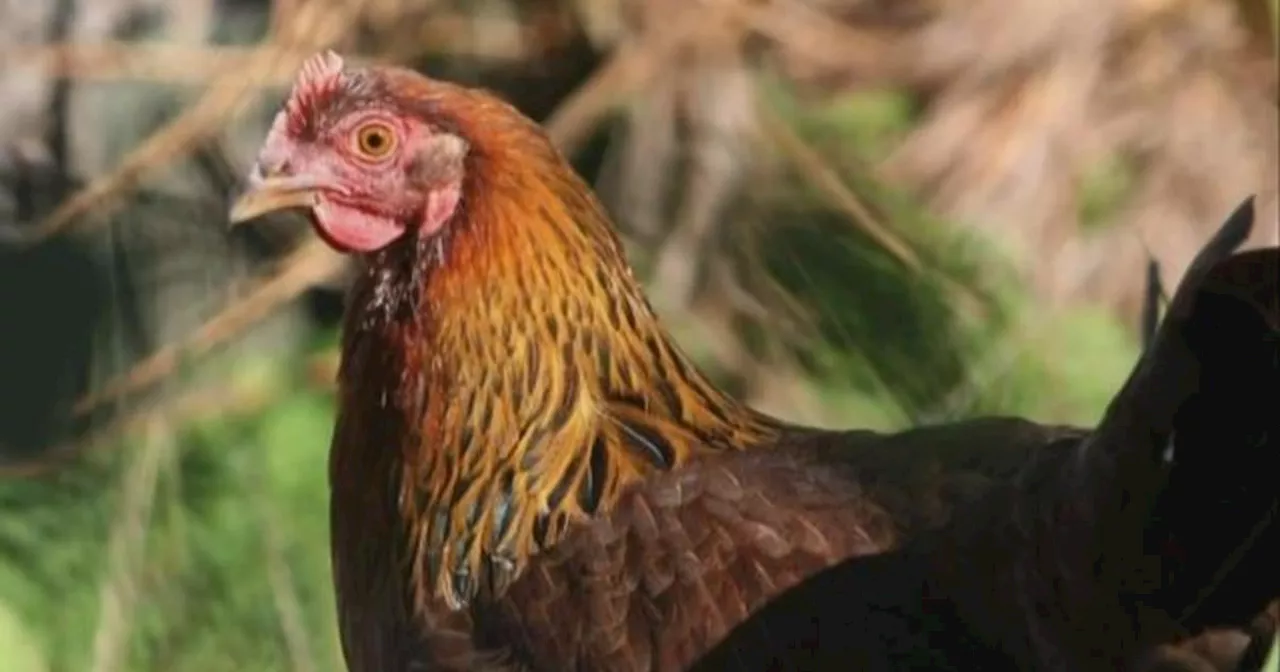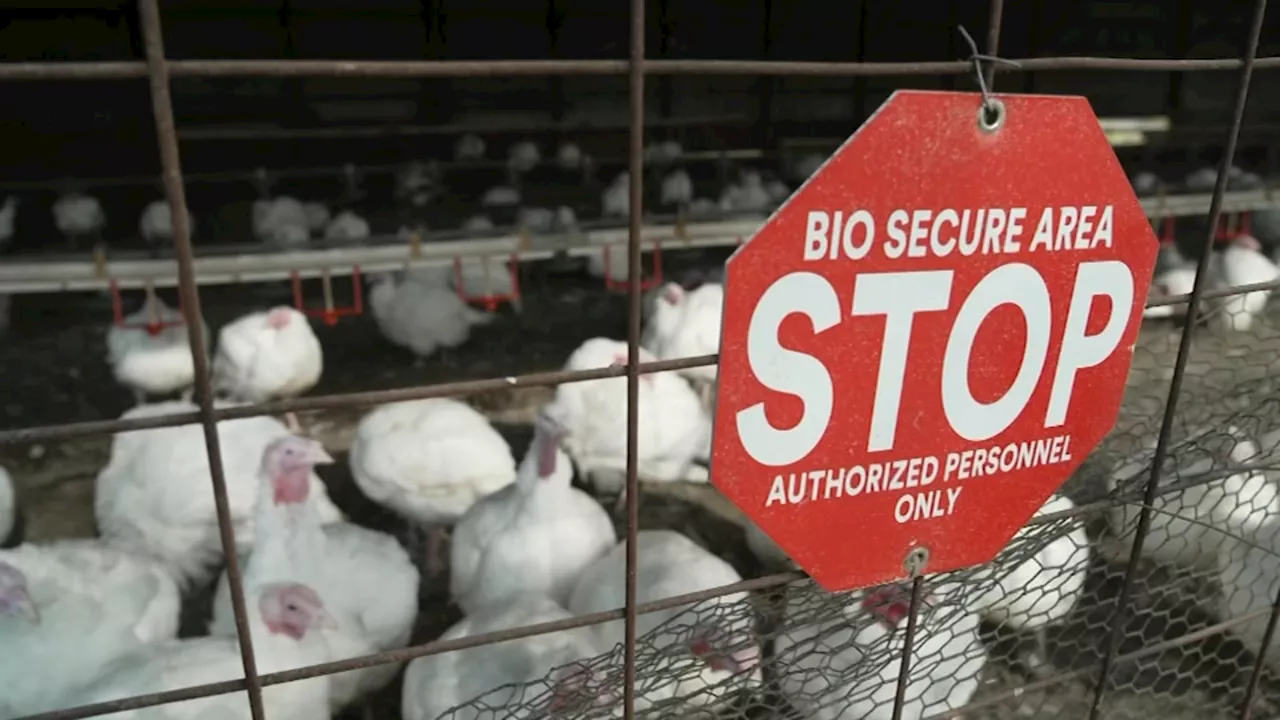The recent death in the US from H5N1 bird flu virus has reignited concerns about a potential pandemic. While bird flu and COVID-19 share some similarities in causing respiratory problems, they are distinct viruses. Experts emphasize that H5N1 is not easily transmitted between humans and the US has been preparing for avian influenza outbreaks for years.
Is the bird flu outbreak causing egg shortages and milk shortages the next pandemic? The first U.S. death from H5N1 triggered memories of COVID-19 ., some Americans are feeling an uncomfortable flashback to the early days of Covid-19, when infectious disease experts were talking about a new virus that was sending people to the hospital with respiratory infections. Although both viruses can cause breathing problems, they are very different.
Covid was spreading easily from person to person when it arrived in the US in 2020, but bird flu has been lurking for years, mostly as a problem for animals. Scientists also know a lot more about H5N1 bird flu than they did the SARS-CoV-2 virus, and the US has been preparing for the threat of a new flu outbreak for a long time.Avian influenza, or bird flu, is a broad term that refers to several types of influenza that normally infect birds. The bird flu that's been making news in the United States is a virus called H5N1. Some flu viruses carried by birds cause only mild infections and are classified as low-pathogenic viruses. In contrast, H5N1 often kills birds that catch it, so it is classified as a highly pathogenic avian influenza.To complicate matters, although bird flu viruses primarily prey on birds, they can also spread to other animals, including humans. Human infections with bird flu viruses are rare, and they're usually what scientists call dead-end infections because they don't typically transmit from person to person.You may have heard of H5N1 only recently, but it's not a new virus. Scientists have been tracking it for almost three decades.in geese in Southern China in 1996. Over the years, it has caused sporadic outbreaks in wild and farmed birds around the globe. The virus reappeared in North America in late 2021, and it quickly caught scientists' attention because it seemed to have broadened its repertoire, spreading beyond birds and infecting a growing variety of mammal
Bird Flu H5N1 Pandemic Avian Influenza COVID-19
United States Latest News, United States Headlines
Similar News:You can also read news stories similar to this one that we have collected from other news sources.
 First U.S. Death From H5N1 Bird Flu Virus ReportedA Louisiana resident has died from the H5N1 bird flu virus, marking the first U.S. death from the disease. The case highlights the potential severity of the virus and the need for continued prevention efforts.
First U.S. Death From H5N1 Bird Flu Virus ReportedA Louisiana resident has died from the H5N1 bird flu virus, marking the first U.S. death from the disease. The case highlights the potential severity of the virus and the need for continued prevention efforts.
Read more »
 Canadian Teen Recovers From H5N1 Bird Flu with Worrying Virus MutationsA 13-year-old Canadian girl has fully recovered from H5N1 bird flu, but the virus showed concerning mutations that may make it easier for the virus to infect humans and cause severe disease.
Canadian Teen Recovers From H5N1 Bird Flu with Worrying Virus MutationsA 13-year-old Canadian girl has fully recovered from H5N1 bird flu, but the virus showed concerning mutations that may make it easier for the virus to infect humans and cause severe disease.
Read more »
 First U.S. bird flu death reported in Louisiana after severe case of H5N1The Louisiana patient was hospitalized with a severe case of bird flu in the first death in the U.S. caused by the H5N1 virus.
First U.S. bird flu death reported in Louisiana after severe case of H5N1The Louisiana patient was hospitalized with a severe case of bird flu in the first death in the U.S. caused by the H5N1 virus.
Read more »
 First US Case of Severe H5N1 Bird Flu Hospitalizes Louisiana PatientThe CDC reports the first known case of severe H5N1 bird flu in a US patient, highlighting the importance of precautions for those interacting with birds.
First US Case of Severe H5N1 Bird Flu Hospitalizes Louisiana PatientThe CDC reports the first known case of severe H5N1 bird flu in a US patient, highlighting the importance of precautions for those interacting with birds.
Read more »
 First US Case of Severe H5N1 Bird Flu Detected in Louisiana PatientThe CDC reports the first US case of severe H5N1 bird flu in a Louisiana patient who was exposed to sick and dead birds in backyard flocks. The virus is the same type found in recent human cases in Canada and Washington state.
First US Case of Severe H5N1 Bird Flu Detected in Louisiana PatientThe CDC reports the first US case of severe H5N1 bird flu in a Louisiana patient who was exposed to sick and dead birds in backyard flocks. The virus is the same type found in recent human cases in Canada and Washington state.
Read more »
 First US Case of H5N1 Bird Flu Hospitalizes Patient in LouisianaA patient in Louisiana has been hospitalized with a severe case of H5N1 bird flu, marking the first such human case in the United States. The CDC linked the infection to exposure to sick and dead birds in a backyard flock.
First US Case of H5N1 Bird Flu Hospitalizes Patient in LouisianaA patient in Louisiana has been hospitalized with a severe case of H5N1 bird flu, marking the first such human case in the United States. The CDC linked the infection to exposure to sick and dead birds in a backyard flock.
Read more »
